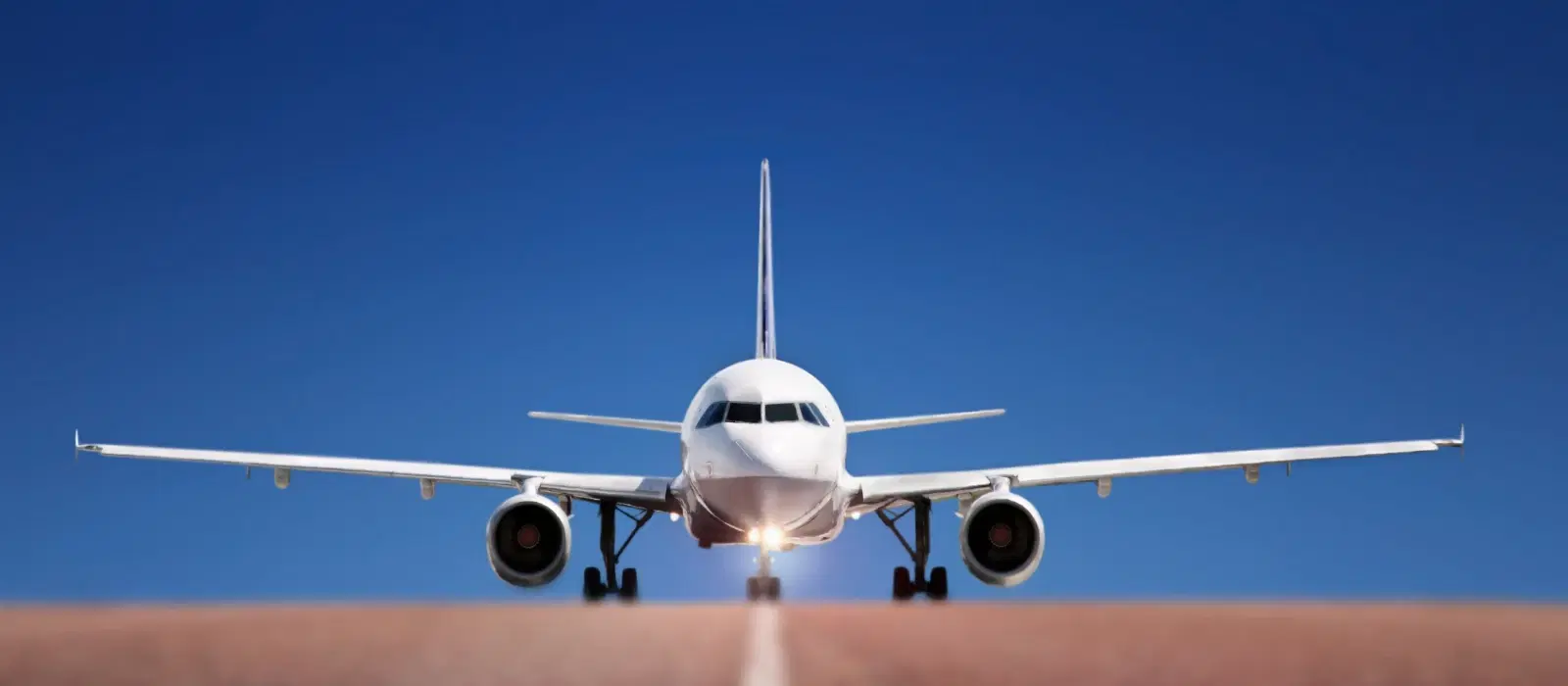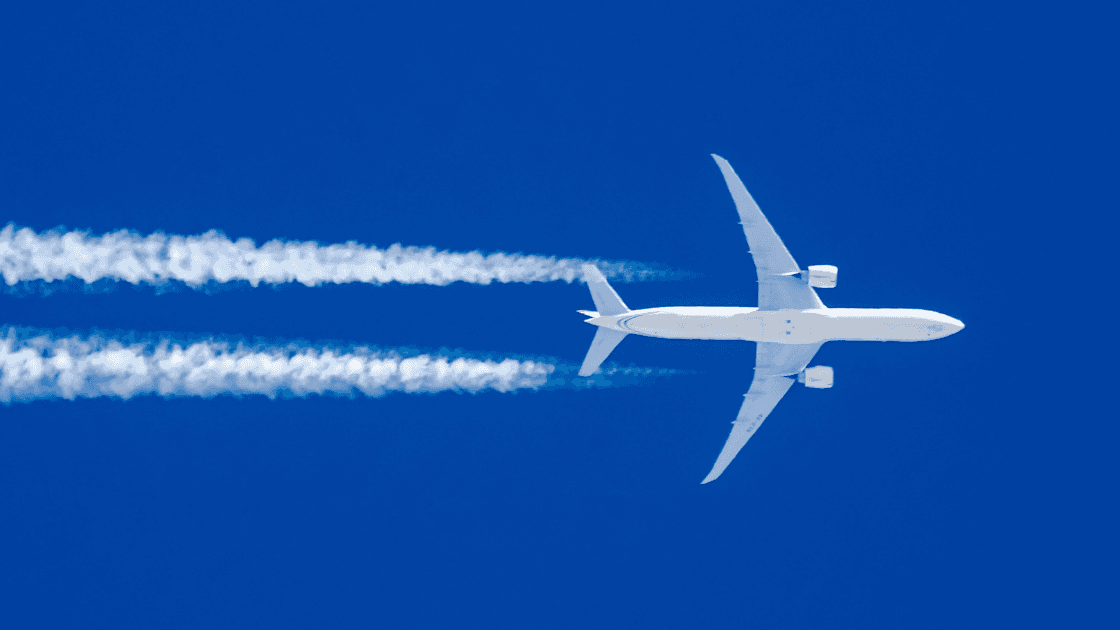
Flights
•04 min read
-95e61ea7-ab4c-459c-9b20-5d183cfc507b.png&w=3840&q=75)
The United States is dotted with international airports that open gateways to the world. When exploring how many international airports in us, it can seem overwhelming at first. This guide will break down the numbers and help you understand the landscape of American international airports. You'll learn what defines an international airport, get insights into major hubs, and discover a comprehensive list of key locations.
An international airport is more than just a runway and terminal. Typically, such facilities include customs and border protection (CBP) operations, dedicated facilities for processing international passengers, and the capacity to handle flights to and from overseas. These airports are crucial for connecting millions of travelers from across the globe and are a backbone of economic vitality and cultural exchange.
International airports in America are significant not only for travel convenience but also for boosting tourism and trade. They play a pivotal role in ensuring that the country remains a key player in global connectivity. In fact, when looking at the number of airports in the US, you'll find that while the nation has over 13,000 airports in total, only a small fraction serve international destinations.
When evaluating 'how many international airports in us,' it is important to consider the overall aviation landscape. The United States boasts over 13,000 airports, but the international ones are carefully selected due to the advanced facilities and operational capabilities required for global travel. There are more than 70 designated international airports scattered across the country, with the number fluctuating slightly based on the criteria used for classification.
Some states, including California, Florida, and Texas, host a high number of international airports, reflecting their role as major travel hubs. Conversely, several states may not have any designated international airport, depending on their local demand and geographic considerations. This diverse distribution means that travelers often have to plan carefully to catch international flights and enjoy the ease of connecting with relays to major destinations abroad.
Among the plethora of international facilities in the United States, certain airports stand out for their sheer scale and volume of passenger traffic. Airports like Hartsfield-Jackson Atlanta International Airport (ATL), Los Angeles International Airport (LAX), and John F. Kennedy International Airport (JFK) are industry giants and serve as primary gateways for international travel. These airports not only see thousands of flights every day but also offer a blend of technology, luxury, and comfort that caters to vacationers, business professionals, and luxury seekers alike.
In addition to being transportation hubs, these airports are meticulously designed to ensure a seamless travel experience. With exceptional amenities, clear signage, and an integrated loyalty program offering NeuCoins rewards (1 NeuCoin = 1₹ saving) on flights and stays, Tata Neu ensures that your journey is both efficient and rewarding. Services like trip insurance for delayed flights or cancellations protect your travel plans with solutions like FlyCan* and FlyNxt* add-ons, allowing you to experience hassle-free travel.
Did You Know?
Many international airports in the US serve as dual-purpose hubs, handling both international and domestic flights seamlessly. For example, Hartsfield-Jackson Atlanta International Airport (ATL) is not only the busiest airport in the US but also a major international gateway.

If you're curious about pinpointing which airports accommodate international flights, there are several tools and methods at your disposal. Official sources like FAA and CBP data offer reliable insights into airport operations. When you check individual airport websites, you'll often see a detailed list of international destinations and available services. Additionally, tools such as Google Maps and aviation databases can help you visualize the exact locations and distributions of these airports across various states.
Taking a detailed look at each state's offerings reveals an interesting pattern: states with abundant tourist attractions and bustling economies, like California and Texas, host numerous international airports, while other states might have none, indicating the dynamic nature of travel infrastructure in America.
Below, we've organized a detailed list of US international airports, categorized by region. Major hubs include:
Northeast: John F. Kennedy International Airport (JFK) in New York, Boston Logan International Airport (BOS) in Massachusetts, and Philadelphia International Airport (PHL) in Pennsylvania serve as primary receptors for international flights.
South: Hartsfield-Jackson Atlanta International Airport (ATL) in Georgia and Miami International Airport (MIA) in Florida are crucial for connecting the Americas with the rest of the world.
West: LAX in California, San Francisco International Airport (SFO), and Seattle-Tacoma International Airport (SEA) provide easy access to Asia and the Pacific, along with pivotal transcontinental connections.
Midwest: Chicago O'Hare International Airport (ORD) in Illinois underscores the role of central hubs supporting both domestic and international travel.
These airports shine as prominent examples, but emerging and secondary international airports also play a critical role in regional connectivity, ensuring more travelers can enjoy the luxurious and seamless travel experience that Tata Neu aims to deliver with every booking.

There are over 70 designated international airports in the US, with the exact number depending on the criteria used for classification.
The United States leads globally in the number of international airports, a testament to its expansive geography and high demand for international travel.
No, not every state hosts an international airport. Some states rely on nearby hubs in neighboring regions for international connectivity.
Hartsfield-Jackson Atlanta International Airport (ATL) is celebrated as one of the busiest and most efficient airports in the United States.
California boasts several international airports including LAX, San Francisco International Airport (SFO), and San Diego International Airport (SAN), among others.
By understanding how many international airports in us, travelers gain not only an appreciation of the country's vast network but also insights on where to start planning their journeys. Vast arrays of airports, each uniquely blending international allure and domestic efficiency, are a testament to innovative aviation infrastructure that serves millions every day.
Tata Neu Travel is committed to making your travel experience as luxurious and seamless as possible. With a robust loyalty program offering NeuCoins (1 NeuCoin = 1₹ saving), flexible flight bookings with Air India and Air India Express, and essential travel protection through trip insurance and innovative add-ons like FlyCan* and FlyNxt* (*T&C apply), your journey is safeguarded at every step. Whether you are a wanderer, planner, professional, or luxury seeker, there is an option designed just for you in the mosaic of US international airport locations, helping convert travel dreams into reality.
Understanding and identifying international airports can empower you to plan your trips more effectively. Use the reliable data, official resources, and intuitive tools available to explore the vast network of airports that connect the United States globally. Enjoy the freedom, comfort, and rewards that come with each international journey you embark on.